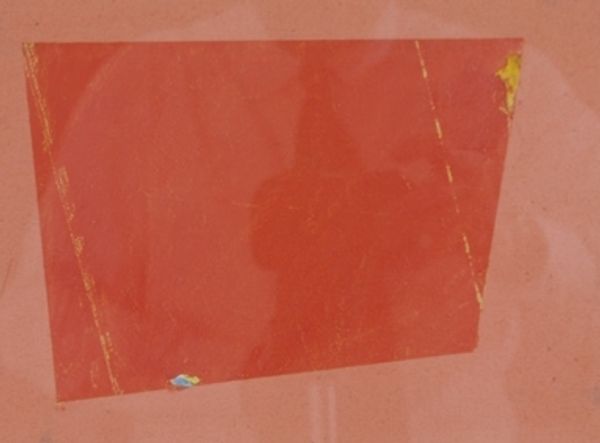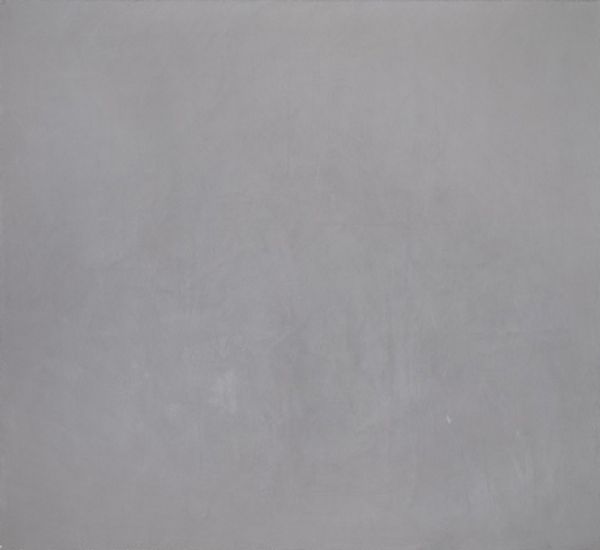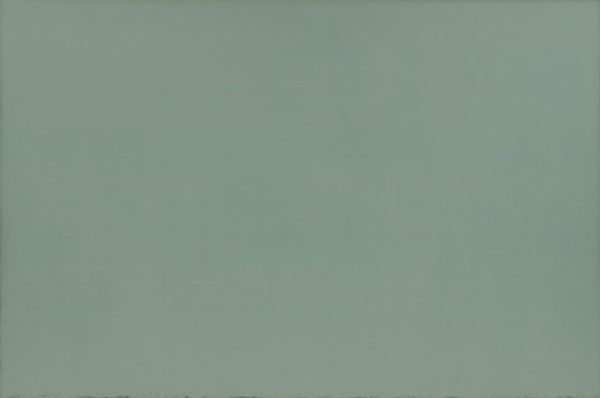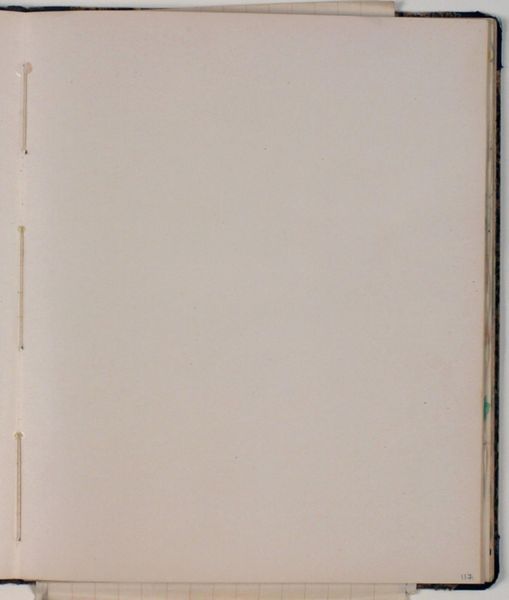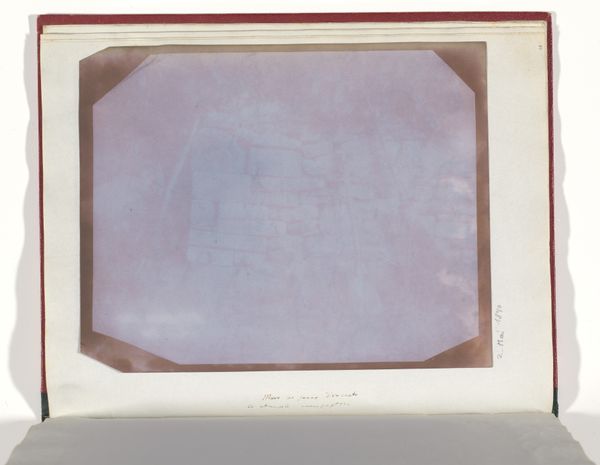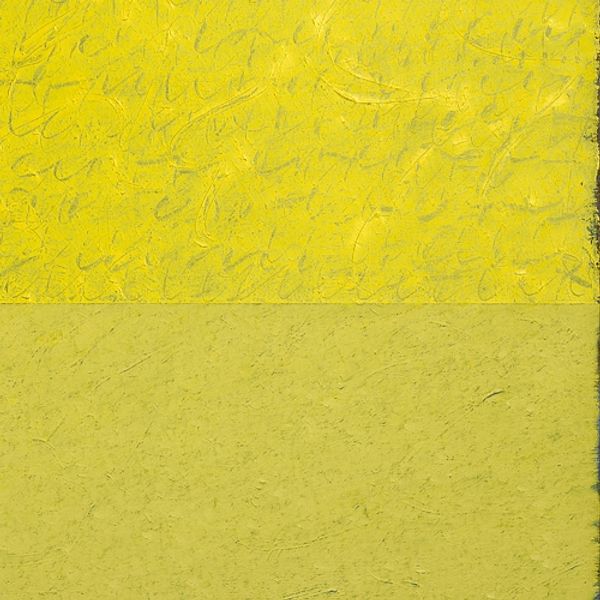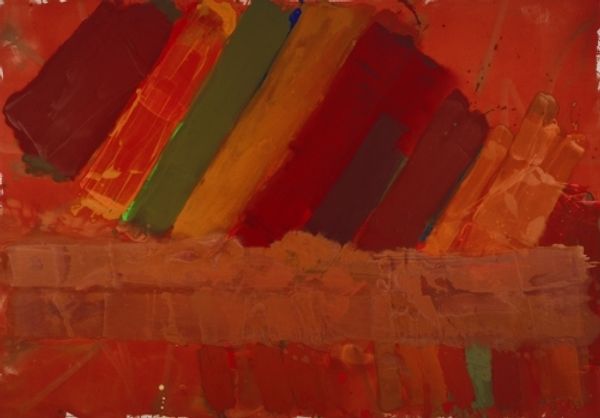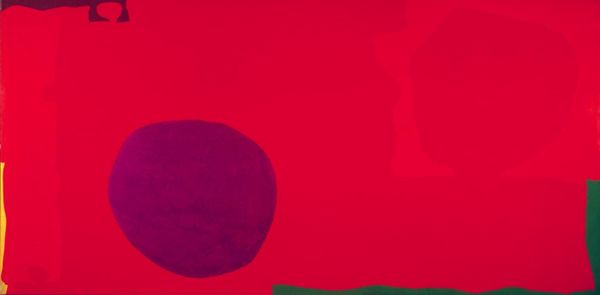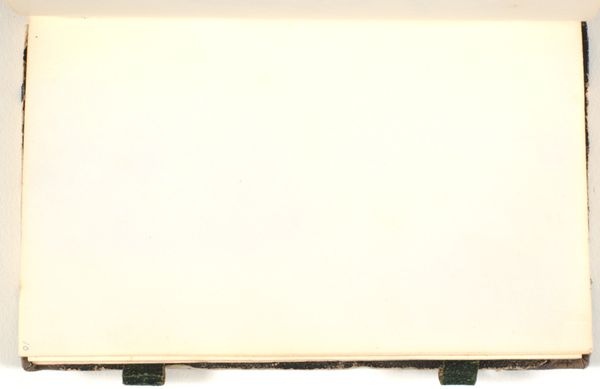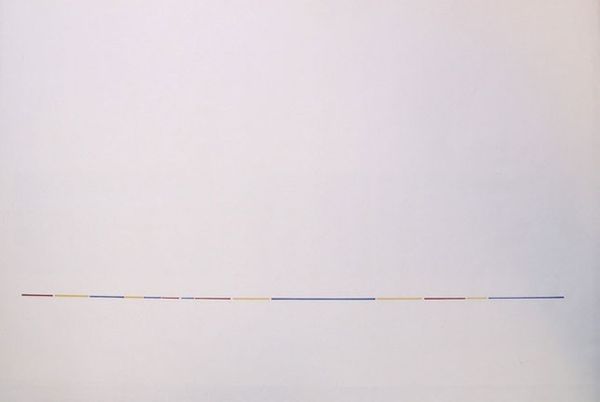
Dimensions: support: 2591 x 2134 mm
Copyright: CC-BY-NC-ND 4.0 DEED, Photo: Tate
Editor: Here we have Marc Vaux’s "B/3L/73" from the Tate collection. The scale is impressive, but the brown field is so dominant. What stands out to you? Curator: Consider the labor involved in creating such a large, seemingly uniform surface. The subtle variations in the brown reveal the artist's hand, the physical act of applying paint. How does this physicality challenge notions of artistic skill and value? Editor: So it's about the making of the painting, the artist’s physical process rather than the visual effect? Curator: Precisely! And think about the materials themselves – paint, canvas, stretcher bars. Where were they sourced? How were they processed? These questions ground the artwork in a network of production and consumption. Does knowing this impact your experience? Editor: Definitely. I hadn't thought about the journey of the materials before. It makes you consider art as a product of labour. Curator: Exactly. Appreciating the work, not just for what it shows, but for what it is made of.
Comments
Join the conversation
Join millions of artists and users on Artera today and experience the ultimate creative platform.
tate 7 months ago
⋮
Between 1968 and 1975, Marc Vaux made a number of paintings known as the Item series. These are large canvases that contrast a large expanse of a single hue with an ‘item’, which is a tiny rectangle of three or more bands of distinctive colour. The contrast between the two was essential to the visual phenomena that Vaux wanted to create. The ‘item’ draws viewers close to the canvas, where their peripheral vision is drenched in colour. Our sense of space is stimulated by the expanse of colour that fills our visual field. Gallery label, September 2004
